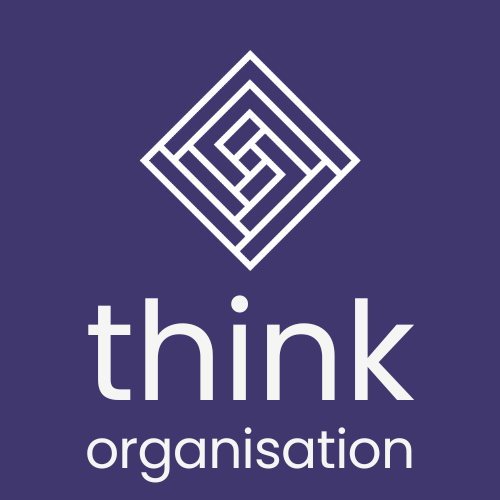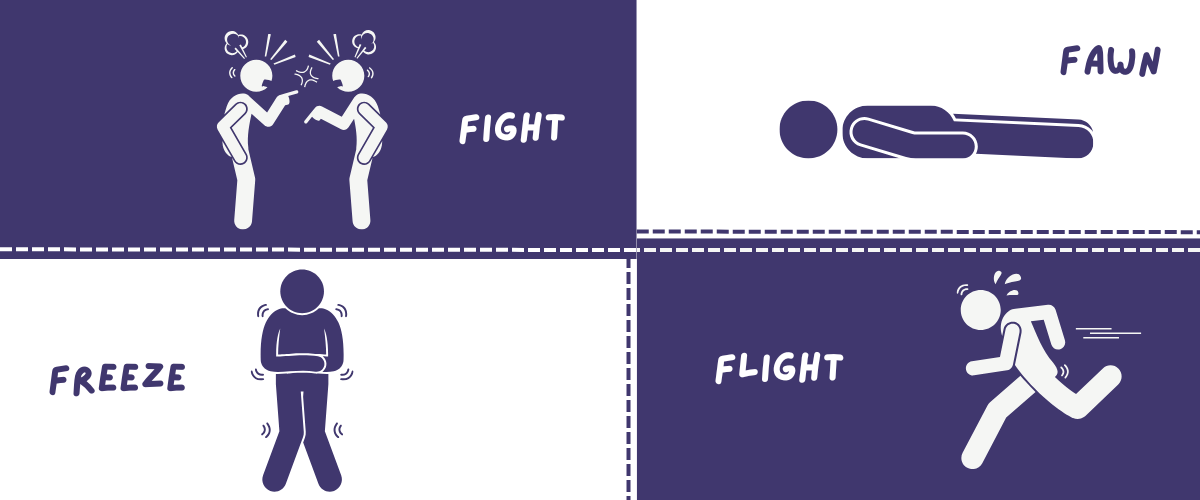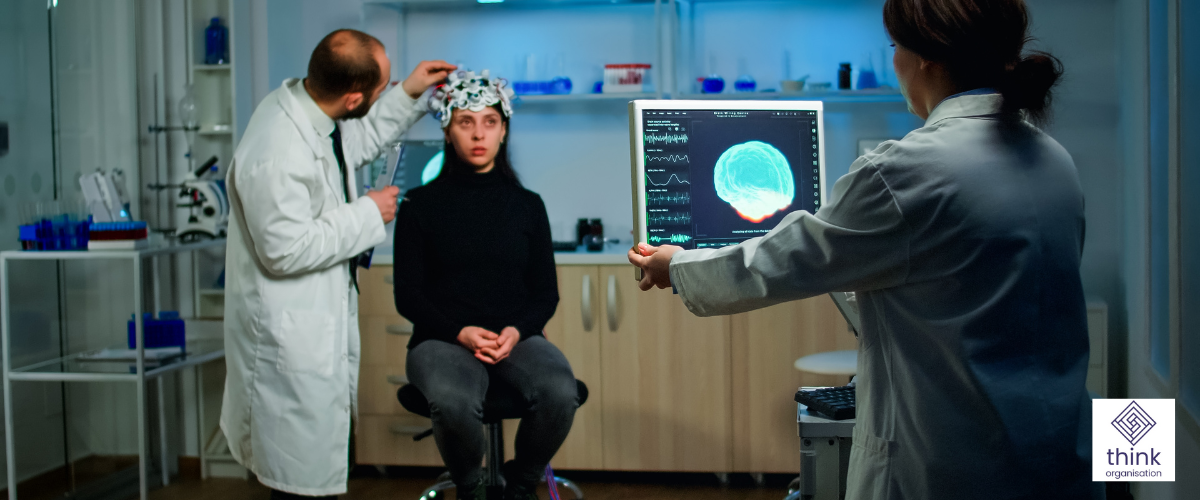
Levels of Inclusion
Inclusion is when someone, or something, feels or is part of a group. Inclusion can be a state, or an action. Behaviour can promote inclusion, or promote exclusion. A culture of inclusion is when a group of people consistently behave in ways which ensure everyone feels valued and accepted. This can be at an organisational or team level. An inclusive organisational culture ensures individuals thrive at work, no matter their background or circumstance.
Inclusion Feels Like
Think about when you have felt left out.
Has there been a time when you’ve been missed off a guest list?
Or a meeting which has happened which you wished you could attend?
The majority of people will have experienced being left out at some point in their lives. It is natural. Research shows us how humans adopt the behaviour of those surrounding them. Humans often take on the beliefs, behaviours and attitudes of those surrounding them.
Humans survived in groups, those isolated did not. Hunters, gatherers and working as a collective team ensured survival. Humans are herd animals. This means even when people say ‘don’t worry about what others think’, we are challenging millennia of instincts because humans need to be part of a herd1. That is how we have survived.
Humans who were not part of the herd did not survive.
So Why Is Inclusion Exclusive?
Because birds of a feather flock together. Today there are hundreds of groups promoting inclusion, all for their own similar group. Whether it is race, gender, religion, neurodiversity, disability or any other protected characteristic there is a prolific rise in community groups promoting inclusion. Each group fights for the rights of ‘their group’, but in doing so often excludes others.
The Equality & Human Rights Commission (EHRC) currently outlines nine protected characteristics across the UK, under the Equality Act 2010. But in reality, everyone is different and can belong to one or more groups which are protected. Hence, each movement should not be exclusive, which it so often is.
Imagine asking your boss if you can have time off to attend – Women in Work support groups, alongside Race Support groups plus LGBTQ groups – would they support this? And why do all these groups need to be separate?
In a truly inclusive culture, it should not be about which support group or working party you are a member of which transforms the way people behave.
Intersectionality
Intersectionality is a theoretical framework for understanding how various social identities such as race, gender, class, sexuality, disability, and others intersect and interact to produce unique experiences of oppression and privilege. Coined by Kimberlé Crenshaw in 1989, the term originally focused on how black women faced overlapping discriminations that were not adequately addressed by either feminist or anti-racist movements alone.
With over 8 billion brains in the world, each one different, each one neuro-unique – why have societies spent years trying to fit people into boxes? Because our brain would explode if we didn’t stereotype.
Stereotyping is how humans process, categorise, simplify and make sense in a complex world.
Decisions Impact Inclusion
Whilst making decisions based on stereotypes has received bad press in recent years, it is essential for human survival. This process allows us to make judgements on how we should react and respond quickly, which has often ensured human survival. Think about a human living in a cave. This human meets someone who does not look like them, how do they know if this person is a friend or foe? The challenge is that times have changed, and these innate human processes are often outdated.
This is why everyone should learn psychology and gain insight and an understanding of how the human mind works. Humans’ natural instincts and evolutionary psychology play complex roles in aiding and hindering the pursuit of genuine inclusion in modern societies.
Inclusive Behaviour is Aided by . . .
- Innate Social Behaviour: Humans have evolved as social animals with a strong inclination to form communities and cooperate. This instinct promotes group cohesion and collective support, which can be harnessed to foster inclusive environments where individuals work together and support one another.
- Empathy and Altruism: Evolutionary psychology suggests that empathy and altruism are innate human traits. These traits can encourage individuals to understand and support the needs of others, promoting inclusive attitudes and behaviours.
- Group Survival: Historically, human survival depended on being part of a group. This instinct can be leveraged to create inclusive communities where everyone feels a sense of belonging and mutual support, recognising that diverse groups are often more innovative and resilient.
Inclusive Behaviour is Hindered By . . .
- In-group Bias: Evolution has equipped humans with a tendency to favour those who are similar to themselves (in-group) over those who are different (out-group). This bias can lead to exclusionary practices and discrimination against those who do not fit the perceived norm.
- Stereotyping: Stereotyping is a cognitive shortcut that helps humans quickly assess and respond to their environment. While it was useful for survival in ancestral environments, in modern societies, it can lead to prejudiced attitudes and behaviours, reinforcing exclusion and discrimination.
- Fear of the Unknown: Evolutionary psychology suggests that humans are wary of the unknown or unfamiliar, which historically helped avoid potential threats. In contemporary contexts, this can manifest as xenophobia or resistance to diversity, hindering efforts towards genuine inclusion.
In addition, human societies have evolved with hierarchical structures, often leading to dominance and power dynamics. These structures can perpetuate inequality and exclusion, as those in power may resist changes threatening their status or control.
Being able to understand this, and how the power networks interplay can help ensure real change can be delivered creating inclusive cultures for all.
Actions To Improve Inclusivity
Organisations can utilise the following strategies to overcome the hindering aspects of our instincts and leverage the aiding aspects, without the need for any exclusive support groups.
- Education and Awareness: Educating individuals about their innate biases and how to counteract them can promote more inclusive attitudes and behaviours. Awareness campaigns and training on diversity and inclusion can help mitigate the negative impacts of in-group bias and stereotyping.
- Promoting Empathy: Encouraging empathy through storytelling, exposure to diverse perspectives, and inclusive practices can help individuals connect with others and understand their experiences, fostering a more inclusive environment.
- Creating Inclusive Norms: Establishing social norms that value diversity and inclusion can counteract the exclusionary tendencies of our instincts. Organisations and communities can model and reinforce inclusive behaviours, making them the standard.
- Policy and Structural Changes: Implementing policies and structural changes that promote equity and inclusion can help mitigate the negative impacts of hierarchical and dominance behaviours. This includes anti-discrimination laws, equitable hiring practices, and inclusive organisational policies.
By understanding and addressing how our natural instincts and evolutionary psychology impact inclusion, organisations can pave the way for truly inclusive organisational cultures.
To measure the inclusivity of your culture or team please contact us – [email protected].
Think Performance. Think Excellence. Think Impact.
Check our Insights page for more valuable information.
- Baumeister, R.F. & Leary, M.R. (2011).The need to belong: desire for interpersonal attachments as a fundamental human motivation. Psychological Bulletin, 117(3). https://pubmed.ncbi.nlm.nih.gov/7777651/ ↩︎


